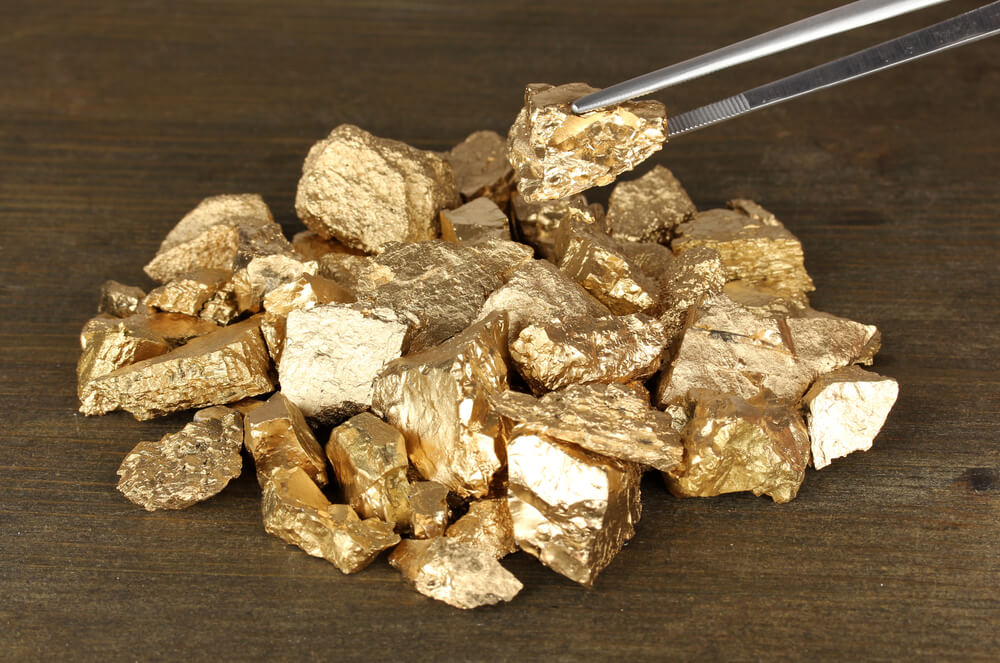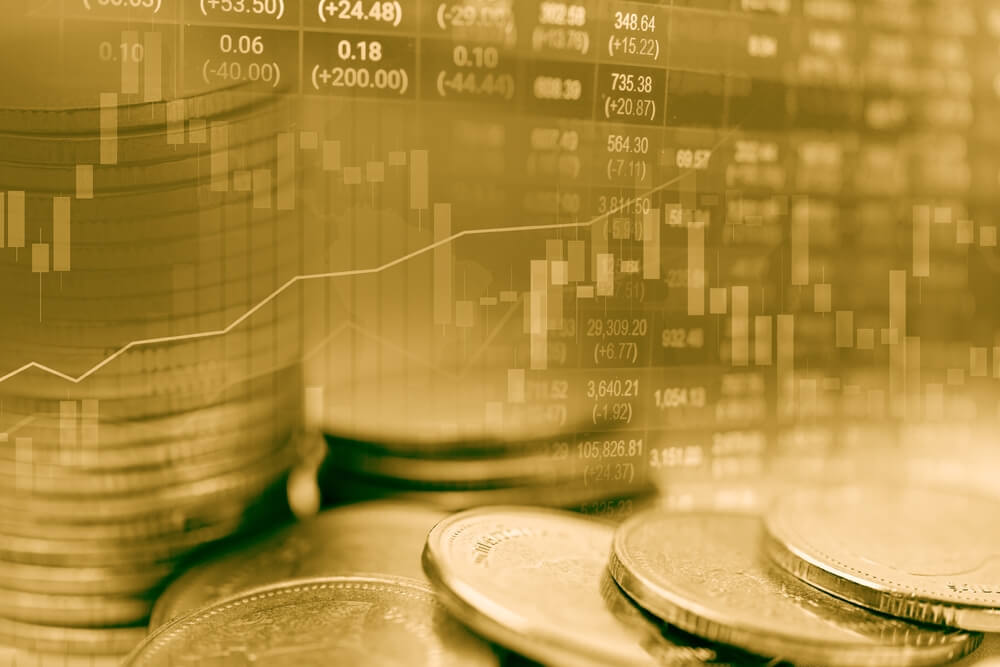
Cash or Gold: Is Gold Worth More than Money?
Gold is inherently valuable, or it holds value on its own. On the other hand, fiat currency or paper money requires some form of backing to assume value.
During the gold standard, the precious yellow metal backed the money supply. Silver played that role before gold. In the modern economic environment, central banks and governments have taken up that responsibility. If not for central banks, paper money will be just “paper”.
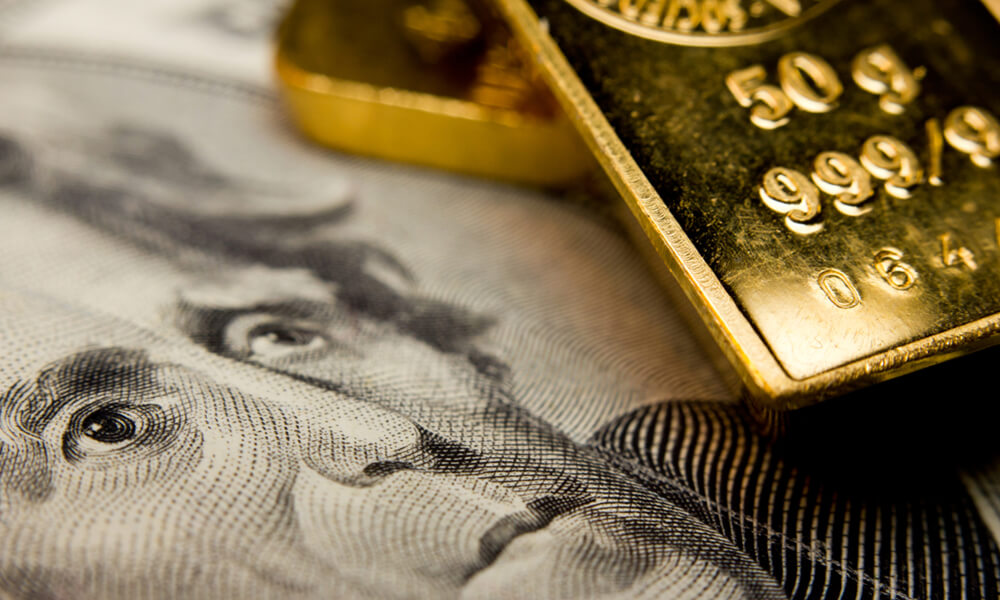
But does that make gold a lot more attractive for wealth creation? Not necessarily. Though money loses out to gold in the “inherent value” aspect, it makes up for that with its liquidity traits. So, does that mean money has the upper hand? No, that also doesn’t say everything. Read on to find more.
Since gold and cash do not require any introduction, the focus will be on the following aspects throughout this article:
- How gold and cash compare to each other — their positives and negatives
- How much space should either take up in your portfolio?
- The best form of gold investment (in our opinion), and more.
Gold and cash seem pretty straightforward at first. But when you dig further, you realize how much you truly know or do not know. As investing and finance experts, we can help you bridge your knowledge gap.
Table of Contents
Gold and Paper Money: How Do They Compare?
Both gold and money are assets of different kinds. If you happen to own them, they become your “personal assets”. The two not just look different but also function or serve their rightful holders in unique ways. In short, both can accomplish things the other cannot.
Gold: The Good Things
The following are some of the positive aspects of gold:
Greater Growth Prospects
Gold holds money securely and grows the fund — albeit not at a predetermined rate or subject to market conditions. Though gold prices can fluctuate over a period, their growth has been relatively steady over the years.
Cash, on the other hand, decreases in value when held onto, thanks to inflation. In other words, cash’s purchasing power is bound to decline over the years. When money was pegged to gold during the gold standard, cash held its own. After the gold standard was discarded in 1971, the dollar’s value declined by close to 85 percent.
If you held on to a dollar in 1971, its worth would have been just 15 cents in 2012. The price of gold by the end of 1971 was less than $300 an ounce. In December 2012, gold was trading for at a much higher $1,971 an ounce.
If the money had been invested in stocks instead, the value appreciation would have been even more significant. A Coca-Cola share, for instance, was less than 30 cents in 1971. In 2012, it was approximately $29. In 2021, the company’s stock price is roughly $56.
If you’d like to put your money in gold and partake in the stock market at the same time, invest in stocks of gold mining companies, buy gold ETF funds, trade gold options and futures, etc.
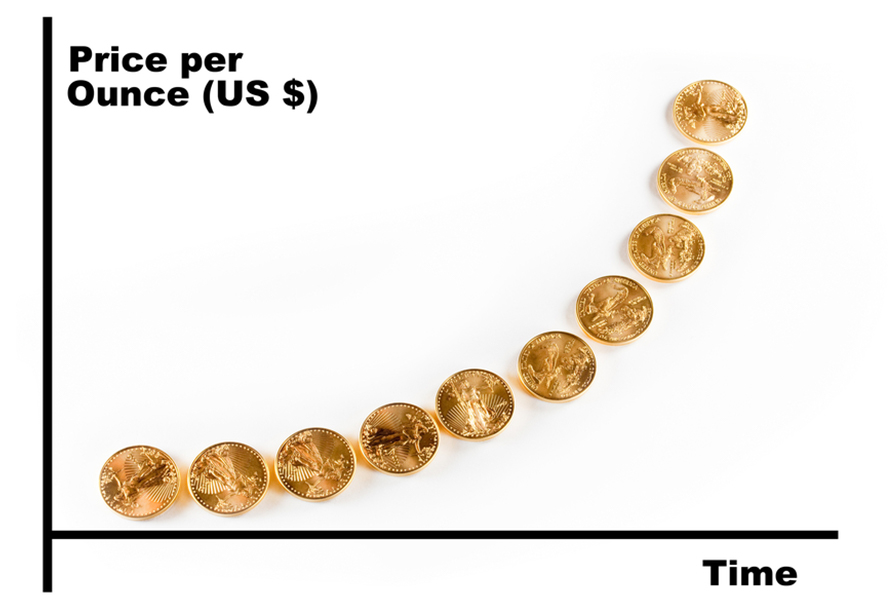
Stability
Unlike stocks, gold may not have skyrocketed in prices over the years. The upward trajectory has been incremental. But the point to consider is gold prices have been relatively stable all along. Gold has had its fair share of tumbles, but none have been debilitating, or the recovery has been relatively quick and smooth.
The fluctuations in gold prices are no comparison to the erratic company stocks. If you are familiar with the vagaries of the stock market and least perturbed, the sporadic changes in the price of gold would be not bothersome at all.
Even gold or gold-based stock prices do not move up and down in value as vigorously as non-gold or regular stocks. Stability is the primary reason gold is such a coveted precious metal.
A Sense of Ownership
Gold affords you a feeling of ownership. The gold coins you store in the secure vaults of your bank are entirely yours. They cannot be interchanged with another gold item — even if the piece is identical to your gold article.
With cash, however, there’s no such proprietorship or belongingness. The money you deposit in the bank will not be the money you receive at withdrawal time. The denominations would not have changed, but the serial number would have.
While that doesn’t mean anything or affect your purchasing power, the feeling of owning a thing doesn’t exist with cash is the point we’d like to drive home.
“Cash” Has Merits Too
The above-discussed points do make cash seem bad. But not everything’s doom with currency. The following are the good sides of fiat money:
High Liquidity and Familiarity
Cash is highly liquid, which means it’s ready for use in any way, any time. Also, unlike gold, whose proper use and storage could be confounding to some, cash presents a level of familiarity right off the bat. When you have money in hand, you are most likely not looking for help with spending, saving, or storing it.
Some people may not know how to beneficially use physical gold such as gold coins or gold stocks gifted to them or accidentally discovered. At times, an individual who accidentally possesses a piece of gold may not realize the item is real gold and could be defrauded by another person who knows better.
Ready to Roll
Cash affords flexibility or nimbleness, unlike any other personal asset. Wealthy investors hoard money just in case a good investment opportunity presents itself. In other words, money can be used to readily buy stocks, real estate, etc., at dirt-cheap prices during an economic slump.
While selling off gold possessions and using the money generated to invest in those lucrative investment opportunities is a possibility, you would have to go through the additional (and at times time-consuming) step of converting the gold into cash first. Gold, or other precious metals, cannot be used as it is to fund purchases.
Interchangeable
Unlike gold, money is swappable. A $100 bill you own holds the same value as the $100 bill a local shopkeeper possesses. Gold comes in multiple forms, shapes, blends, etc. Not every piece of gold that looks identical is the same. For instance, a 22K 10-gram gold coin and 24K coin of the same weight could be made to have the same design and look. Their monetary values, however, would change considerably.
Read more: Physical Gold vs. Paper Gold
Investing in Gold: How Much?
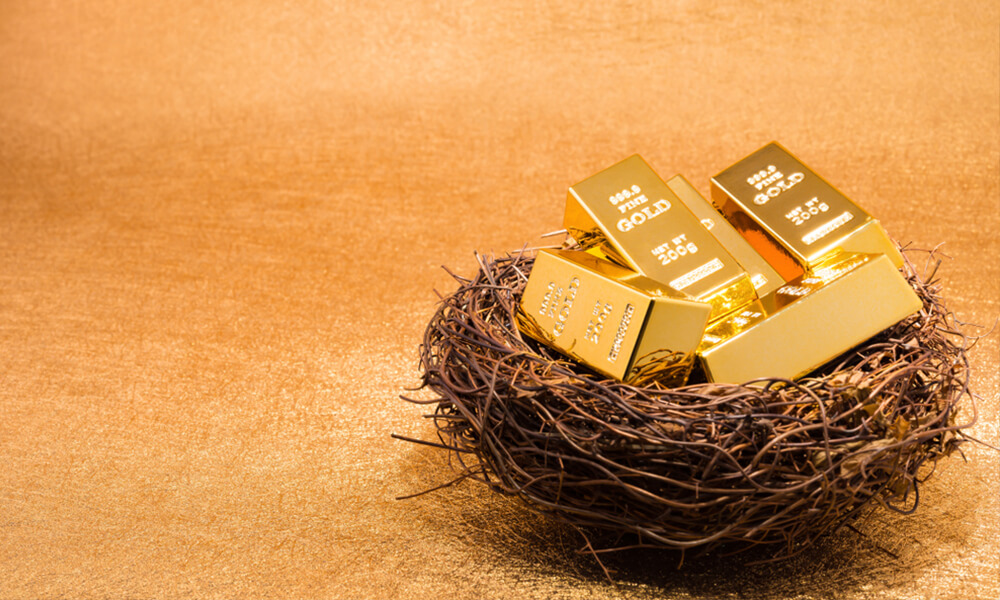
Gold is attractive — both physically and from an investment perspective. However, that doesn’t imply gold or gold-based assets should occupy a major portion of your portfolio.
According to the World Gold Council, gold must ideally constitute anywhere between 2 and 10 percent of an investor portfolio. The gold investments could be in the form of physical gold (gold coins and bullion), gold stocks and bonds, gold futures (for savvy investors), and even gold jewelry (if you like to wear and show off your gold).
Because gold offers more of a stabilizing effect and not plays the accelerant role (like stocks and bonds do), the maximum gold investment recommendation is ceiled at 10 percent.
How Much Cash Should You Have in Hand?
Any sum that is good enough to manage emergencies for the next six months of your life is the bare minimum. If you can meet emergency fund requirements and still have lots of cash to spare, the surplus amount you should have handy as dispensable cash would depend on your individual financial needs and plans.
Ideally, 5 percent of your investment or financial portfolio should be cash. Most intelligent investors keep anywhere between 10 to 20 percent of their wealth as currency. For a $1 million portfolio, that would mean maintaining cash reserves anywhere between $100,000 and $200,000.
Of course, if you are a savvy investor or have a portfolio manager doing the number crunching for you, not having any money on hand is also feasible. But that’s still not the best position to take. Even the most prominent investors and companies have massive cash reserves, after all.
Read more: Is Gold Jewelry a Good Investment
Conclusion
The gold standard is pretty much not making a comeback. But the thing that’s not going out of fashion is “gold”. Fiat money decreases in value over a period. And with the political and economic uncertainty looming more than ever before, paper currency is likely to be knocked down even more.
That said, paper money has its benefits, too, and it cannot be termed inferior to gold outright or in every aspect. Therefore, as an investor looking to diversify their portfolio, try to strike a proper balance between cash and gold. Trying to ascertain which is more valuable is not the right way to look at or even approach the two.
While holding cash is as simple as creating a bank account and parking money in it, buying or investing in gold is not that straightforward — particularly with the myriad ways to invest in gold. Therefore, know your options and put your money after considerable deliberation.
Since you could own gold in different ways, do not overlook a gold IRA. Read about the top Gold IRA Compainies

